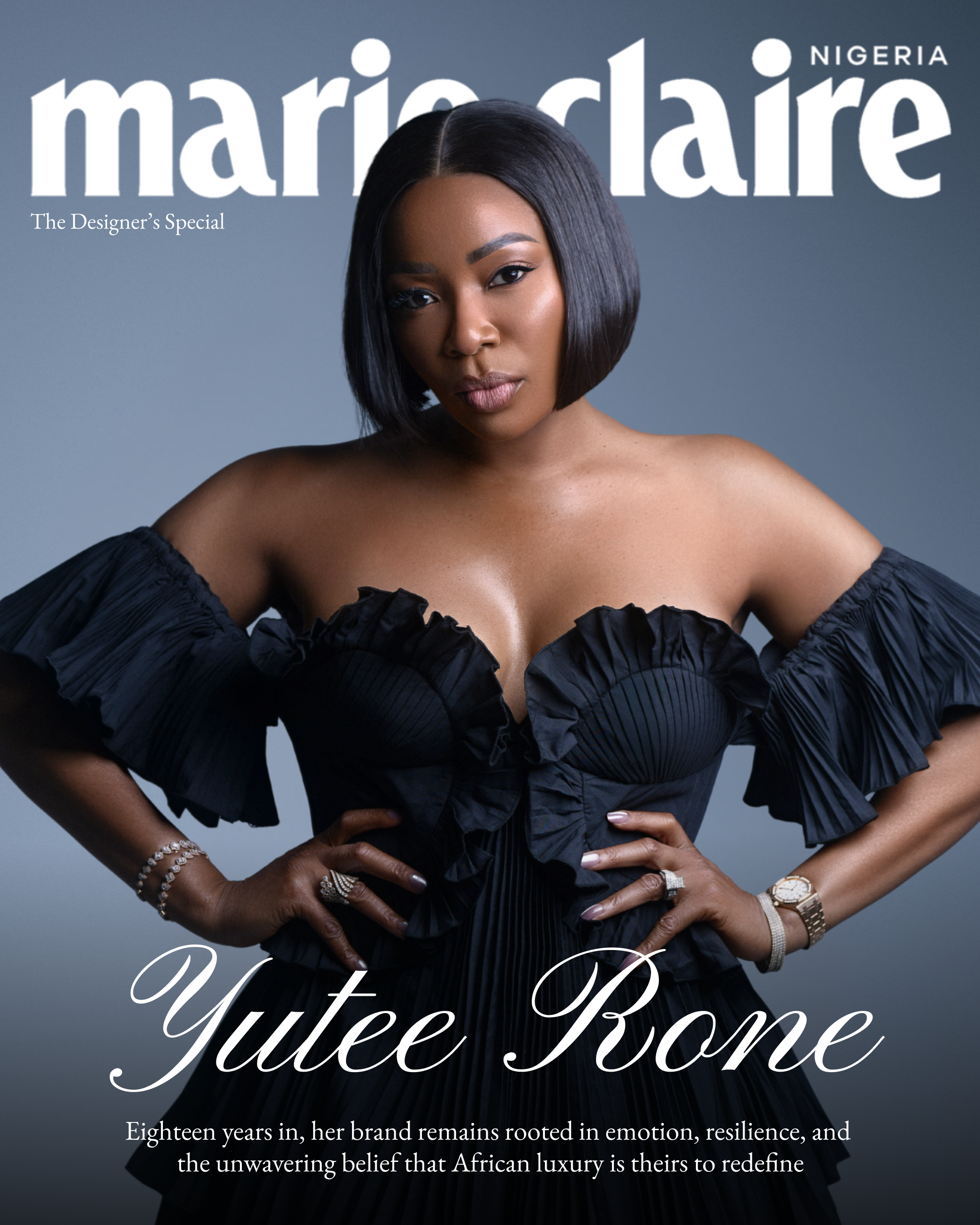The dangerous link between fashion choices and the alarming reality of excusing perpetrators while shaming victims. Let’s unpack this!
Fashion is a powerful tool of self-expression, but many of us bear the burden of victim-blaming for our choices. What should be an empowering tool for women has become weaponised to justify acts of violence against us. If you’re a woman who has ever been harassed or assaulted, I am sure you’ve heard different variations of “What did you wear?” “Why did you wear such revealing clothes?”
A woman’s choice of clothing is often placed under intense scrutiny, no matter where we are, sometimes even within our own homes. I remember being attacked by a bike man while coming from a birthday party a few years ago. As I sought help from bystanders, the men initially refused because I was wearing a top with a low neckline. They immediately assumed I was a sex worker who deserved to be killed. The unfortunate irony is that no matter what you wear, slut-shaming is the order of the day. The morality police often have differing levels of acceptance depending on their sickening beliefs.

The notion that certain outfits invite sexual violence is a harmful narrative. It excuses criminals and conditions women to believe that we must constantly police our choices and bodies to remain “safe.” However, the reality is that sexual violence is about power and control, not clothing.
These deeply ingrained stereotypes continue to fuel a culture of slut-shaming and victim-blaming worldwide, making it hard for survivors of sexual assault to seek justice. There’s already a bias against your case just because of the harmful societal judgment of what we wear and how we wear them. As we observe Sexual Assault Awareness Month, and International Day Against Victim Blaming, 3 April 2025, it is crucial to unpack the dangerous link between fashion choices and the alarming reality of excusing perpetrators while shaming victims.
Fashion as a tool for oppression

Throughout history, people have used fashion as a tool for oppression. Corsets were used to dictate mobility in the 16th to 19th centuries, which restricted movement and even caused health issues, like breathing difficulties. Mandatory hijab and veils in countries like Iran and Afghanistan are used to limit women’s lifestyles and enforce non-compliance with harsh punishments. Society has policed women’s clothing for centuries by dictating hemlines and enforcing dress codes against “indecency.”
Nigerian culture is no exception; it has more conservative and religious values ingrained in it. Universities often dictate ludicrous dress codes and hairstyles for female students. They sometimes go as far as cutting their hair and performing public shows of humiliation for not conforming to specific and rigid moral codes.
Society often labels women who challenge traditional fashion norms as “wayward” or “troublesome”. The double standards are appalling as men enjoy the freedom to dress however they please without fear of judgment. But as women, we are expected to conform to a stiff standard of decency or face grave social consequences.
Bias breeds injustice

In cases of sexual assault, abuse and harassment, these biases seep into law enforcement, the judicial system, and even media coverage, where the interrogation of survivors is more focused on their outfits rather than the actions of their abusers. This breeds a culture of silence and fear, discouraging many survivors from coming forward. Women do not trust the system to make unbiased and fair interrogations of their abuse, and rightfully so.
The impact of these stereotypes often goes beyond physical and social media; they shape policies, workplace cultures, and legal rulings. Workplaces often tell women who experience sexual harassment to “dress more decently” instead of holding the offender accountable.
On social media, there is an increase in faceless incels that harass women by calling them disgusting slurs. The message is clear— shrink yourselves, adjust your fashion choices, and bear the weight of male misbehaviour. This mindset harms women and enables a culture where predators act without consequences, and sadly, society normalises their wicked acts.
Less judgement, more accountability

There has to be a shift in perspective. Fashion is a form of self-expression, not an invitation for judgement or violence. The focus should be on holding perpetrators accountable for their crimes, not on a survivor’s wardrobe choices. This is the only way forward. The media, law enforcement, and policymakers must actively address and correct these harmful stereotypes. Justice must be based on actions alone, not the choice of clothing. While dress codes are important, the underlying motivation should not be to control women’s bodies and freedom.
As a fashion editor, I believe in the power of personal style, but more importantly, I believe in a woman’s right to live boldly, freely, and without fear. This April, let’s keep up the conversation, challenge these archaic narratives, and demand a world without victim-blaming and slut-shaming, regardless of what we wear.


